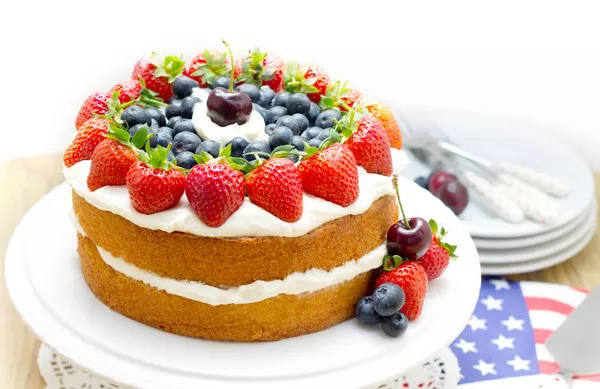Cakes are a beloved dessert enjoyed by people of all ages and cultures. Traditionally, eggs have been a staple ingredient in cake recipes, as they contribute to the structure, moistness, and texture of the final product. However, dietary restrictions, allergies, or personal preferences may require alternatives for those looking to bake eggless cakes. Fortunately, there are numerous creative substitutes available that can replicate the desirable qualities of eggs while delivering delectable results. In this article, we will explore the world of eggless cakes and delve into various options and techniques to create moist, fluffy, and scrumptious treats.
Understanding the Role of Eggs in Cake Baking
Eggs serve multiple functions in cake baking. They act as a binding agent, providing stability to the batter. Additionally, eggs help in leavening and provide moisture to the cake. Eggs contain proteins that coagulate during baking, giving structure to the cake. Furthermore, the fats present in egg yolks contribute to the richness and tenderness of the cake.
Egg Substitutes for Moisture and Binding
When replacing eggs in cake recipes, it is essential to choose suitable alternatives that can fulfill their roles effectively. Here are some popular egg substitutes:
1. Applesauce: Unsweetened applesauce acts as a great substitute for eggs, providing both moisture and binding properties. It works well in recipes calling for one to two eggs.
2. Yogurt: Plain yogurt, particularly Greek yogurt, adds moisture and helps bind the ingredients together. It works best as a one-to-one replacement.
3. Silken Tofu: Pureed silken tofu is an excellent option for adding moisture and structure to vegan cakes. It can be used as a one-to-one replacement for eggs.
4. Buttermilk: Buttermilk creates a tender and moist texture in cakes. It can be used as a substitute for eggs, but the recipe may require additional leavening agents like baking powder or soda.
5. Vinegar and Baking Powder: A combination of white vinegar and baking powder can create a chemical reaction that helps cakes rise. This substitution works well in recipes calling for one to two eggs.
Techniques for Fluffy and Moist Eggless Cakes
Apart from using suitable egg substitutes, certain techniques can enhance the texture and flavor of eggless cakes:
1. Creaming Method: Incorporate air into the fat and sugar mixture by beating them together until light and fluffy. This helps create a tender crumb structure.
2. Sifting Dry Ingredients: Sifting flour, cocoa powder, and other dry ingredients before adding them to the batter ensures an even distribution and prevents clumps.
3. Adding Carbonated Water: Mixing carbonated water or club soda into the batter can make the cake lighter and fluffier.
4. Mixing Techniques: Gently fold the dry ingredients into the wet ingredients using a spatula or wooden spoon. Overmixing can lead to a dense texture.
5. Resting Time: Allowing the batter to rest for a few minutes after mixing gives the leavening agents time to activate and results in a more tender cake.
Delectable Eggless Cake Recipes
Now, let’s explore some mouthwatering eggless cake recipes that are sure to please your taste buds:
1. Classic Vanilla Sponge Cake
2. Decadent Chocolate Fudge Cake
3. Zesty Lemon Pound Cake
4. Moist Carrot Cake with Cream Cheese Frosting
5. Rich Red Velvet Cake
Conclusion
Baking eggless cakes doesn’t mean compromising on taste, texture, or moisture. By using suitable egg substitutes, applying proper techniques, and following tried-and-tested recipes, you can create delicious cakes that rival their egg-based counterparts. So, whether you have dietary restrictions or simply want to try something new, don’t hesitate to explore the delightful world of eggless baking!
812,763,757

